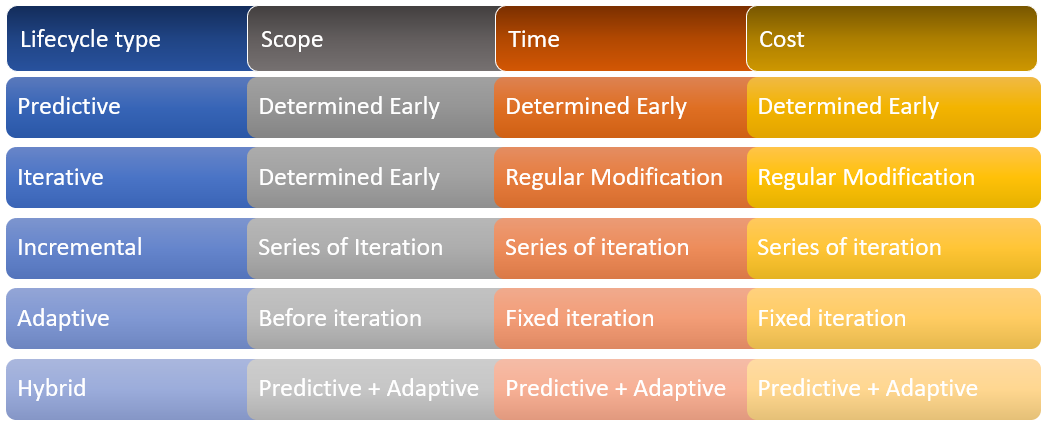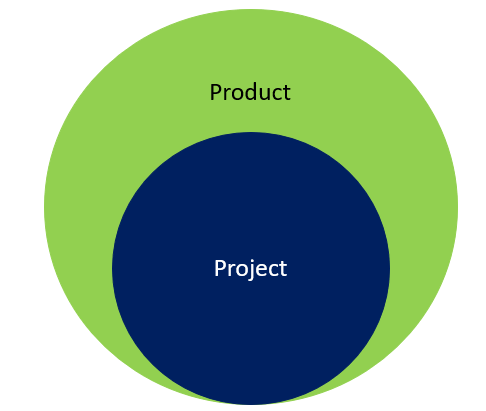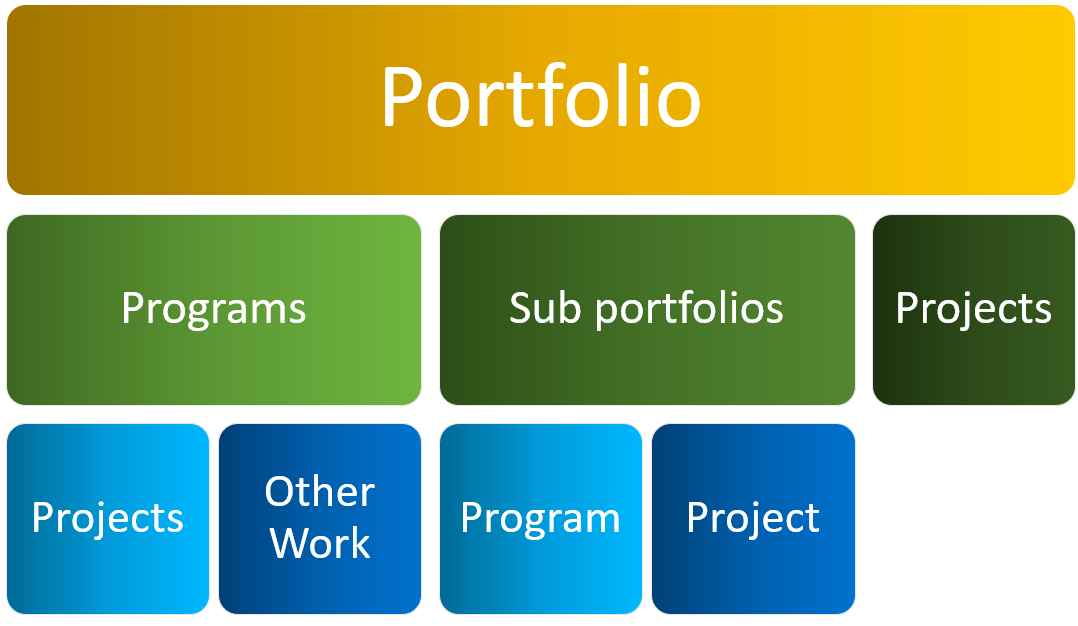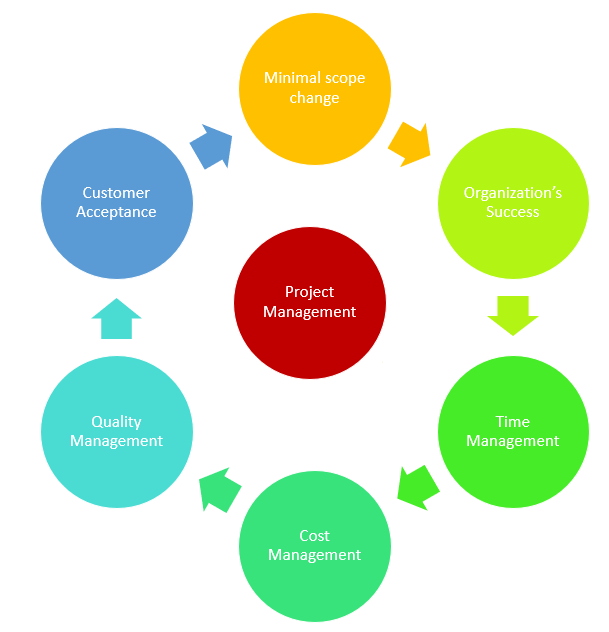Till now, we have covered articles on Project Management Framework, now on we shall go through in details about Project Management Process Groups , as by now we are clear there are 5 different Process groups those are
- Initiating Process Group
- Planning Process Group
- Executing Process Group
- Monitoring and Controlling Process Group
- Closing Process Group

We shall start with Initiating Process Group, in Project Management one of the key skills is the ability to initiate a project effectively.
Define the project, secure necessary financial resources, and setting communication in place with stakeholders are all important aspects of initiating a project.
The project is officially authorized when the project charter is approved by the sponsors.
Key high level inputs to Project Initiating group are
- Business, project Document and Agreements
- Project Management Plan
- Enterprise Environmental Factors
- Organizational Process Assets
Actions should be taken under this groups are
- Develop Project Charter and get approval
- This assists Project Manager to define boundaries so objectives and Expectations are clear.
- Perform Stakeholder analysis
- Identifying and quantifying all/major stakeholders who will be affected by the project during this process is very important as this will help in future to mitigate and communicate risks if any in future, also it is a good practice to start identifying risks during this exercise and propose implementation strategy.
- Perform Benefit Analysis
- Key deliverable to achieve project goal
Hope this information helps, next we shall focus on Planning Process Group.
————————————–
for queries, suggestions, feedback contact on
email :bipinparshottam@gmail.com
skype: bipin.pankhania





 Project Phases: a collections of logically related activities that produces one or more deliverable. In above image Start, Prepare and Organize, Execute and End is the project phases.
Project Phases: a collections of logically related activities that produces one or more deliverable. In above image Start, Prepare and Organize, Execute and End is the project phases.




